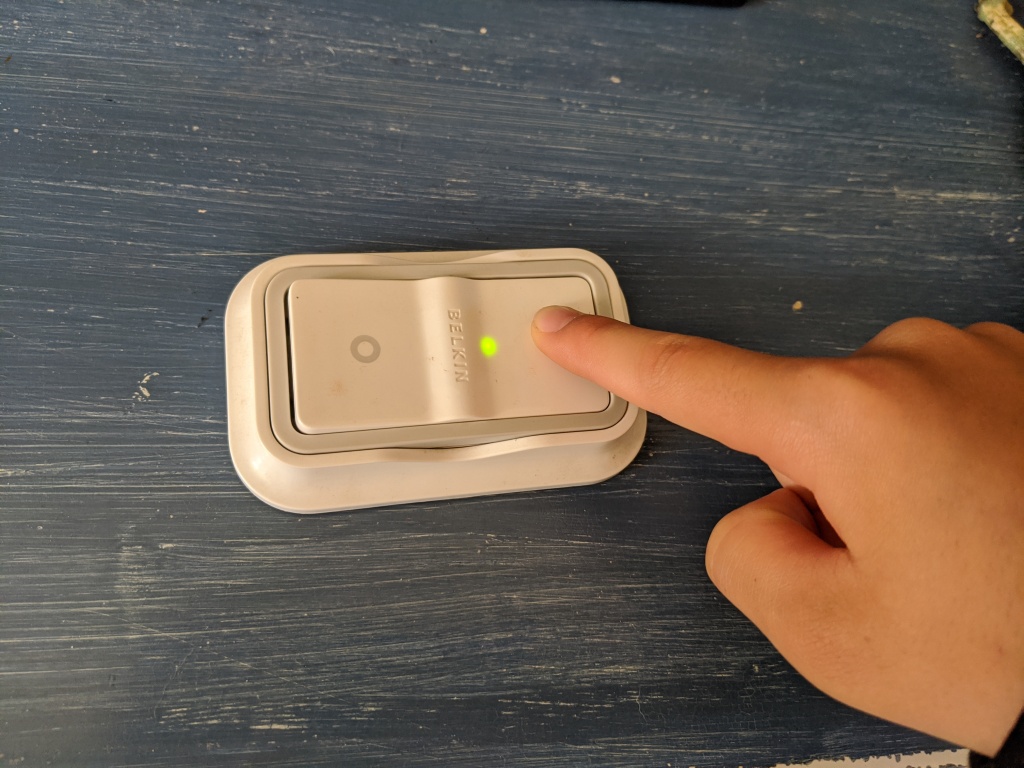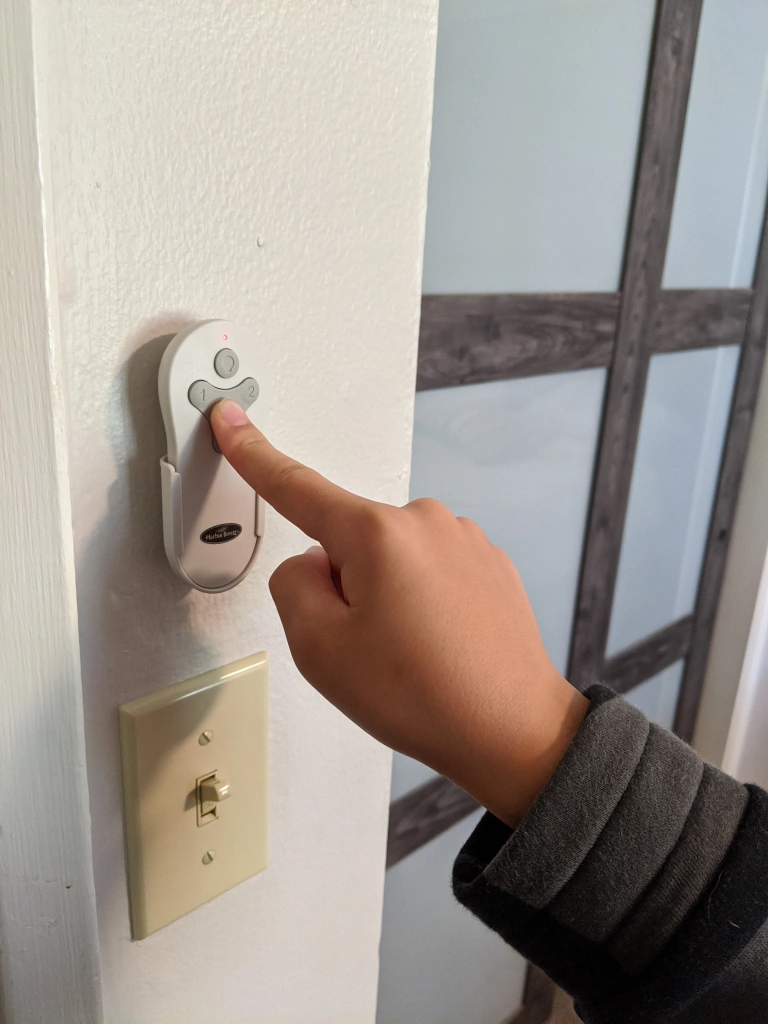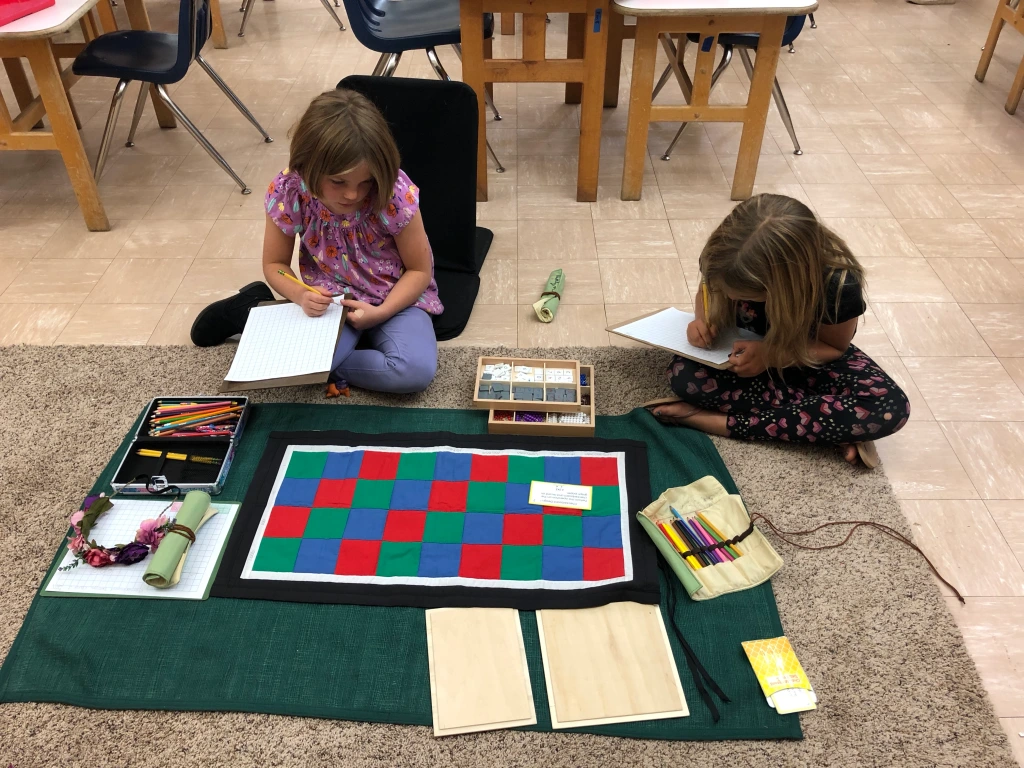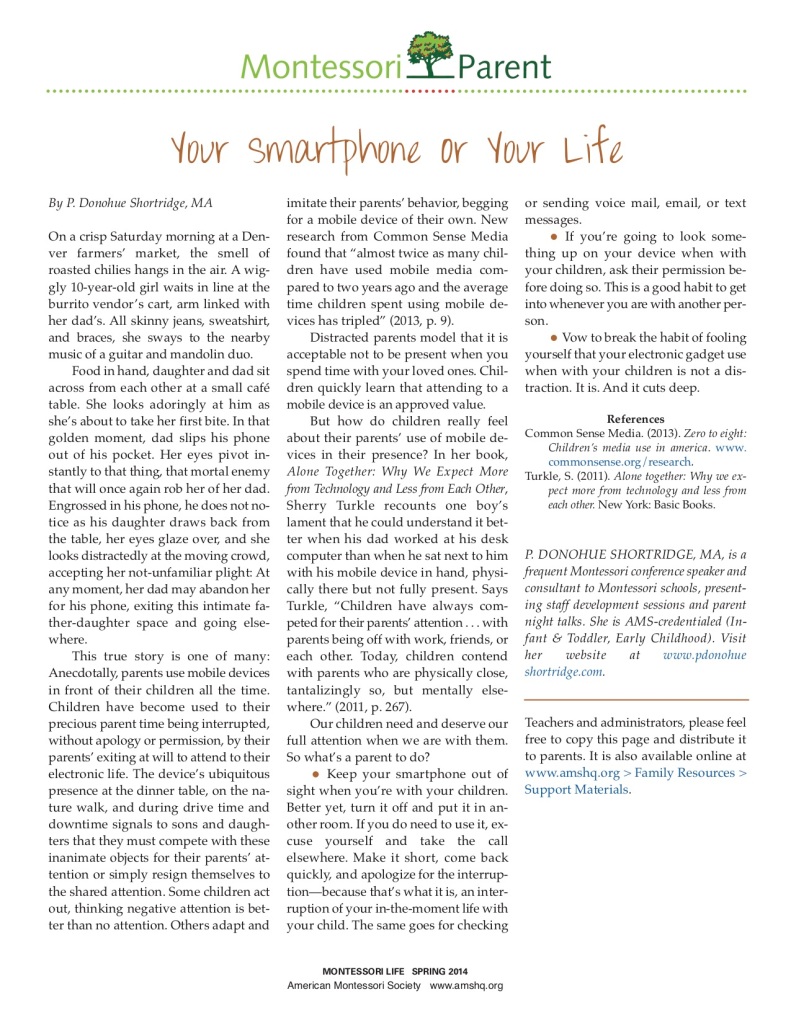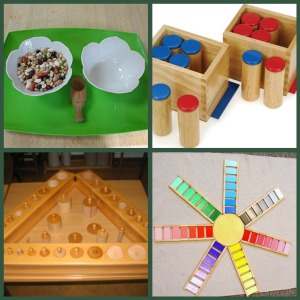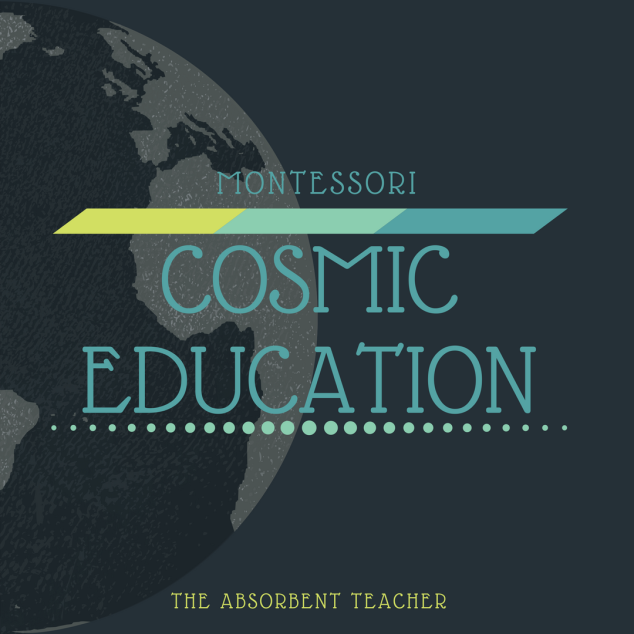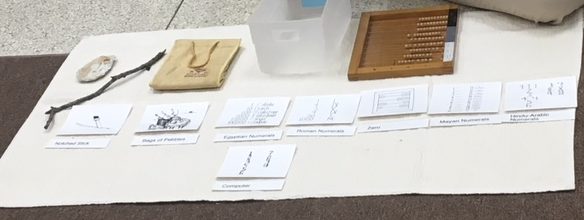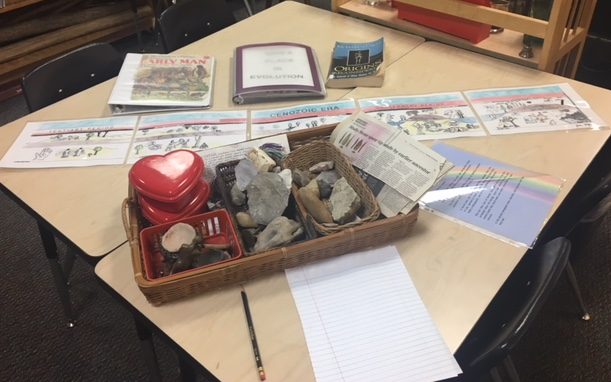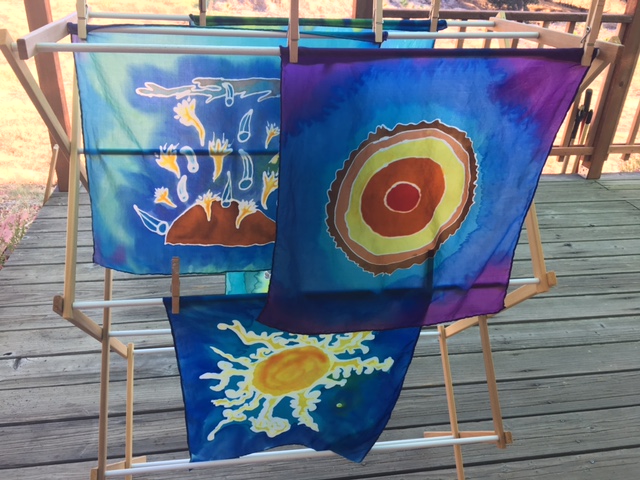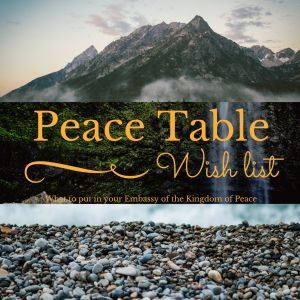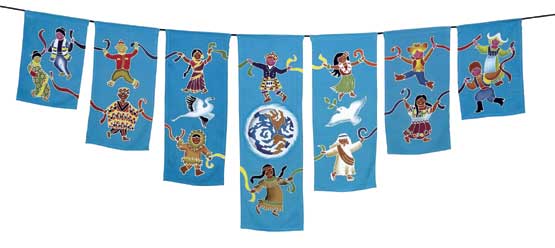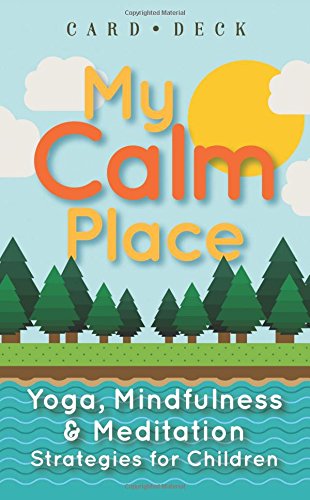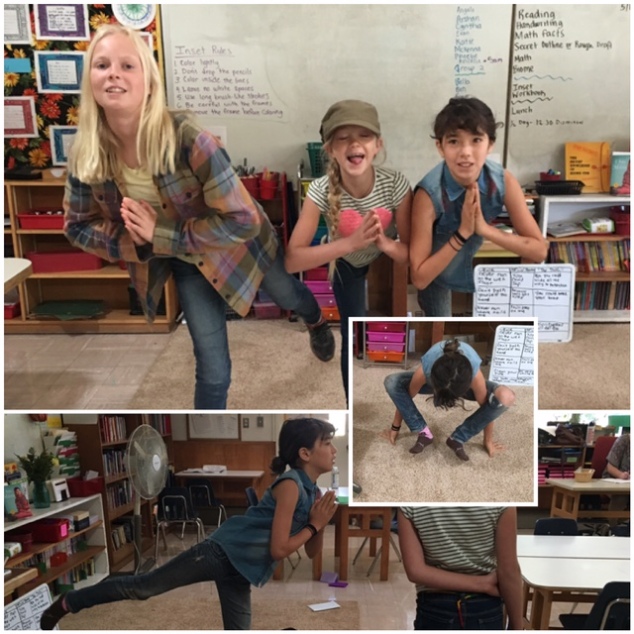It’s been a while since my last post, but I wanted to share a much-beloved work in my classroom. It’s been such a rewarding experience sharing it with my students that I wanted to share it with you. The work is part of the Montessori Zoology curriculum. First, I’d like to give you a quick look at the Zoology shelf in my classroom.
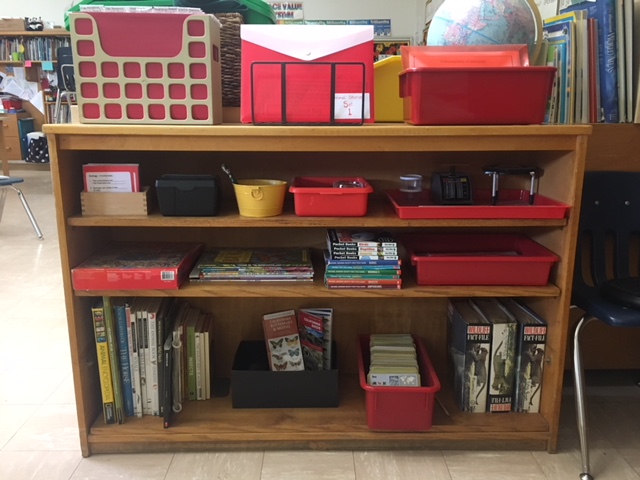
My Zoology Shelf–As you can see, I have everything color-coded in red.
First up is a hanging file with all of my research papers. I have research forms for each of the five classes of vertebrates, differentiated by level. My goal is to ultimately wean the students off the forms, but as with everything, research is a process. In this hanging file are also my forms for recording the students’ work with Animal Stories, Observations, and Vital Characteristics. I will explain more about the last two in a later post.
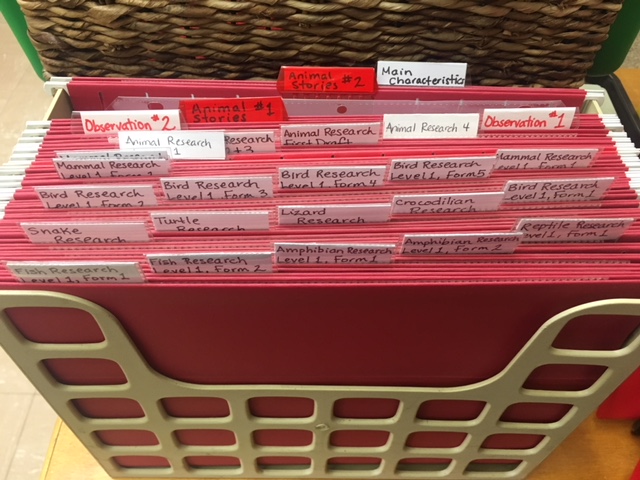
My research forms are sorted by groups of vertebrates and also by level. I’m a bit of a research form magpie. I pick them up when I visit other classrooms and at conferences…wherever I find them.
Next to the hanging file is my collection of Animal Stories, the work I wanted to share with you. The Animal Stories serve as the Elementary introduction to research. Students begin by reading “stories” about eight animals and matching their descriptions to their names and pictures. These stories are usually generic in nature. The animals will be “lizard” rather than “Iguana” or “butterfly” rather than “Monarch”.
As each student finishes a set, I have them follow it up by choosing two of the animals to compare and contrast. I created two versions of this form, depending on the skill level of my students. In this form, they draw the animals, name them, and list three to five facts about each. We’re always discussing the difference between a fact and an opinion, and not just with our science work.
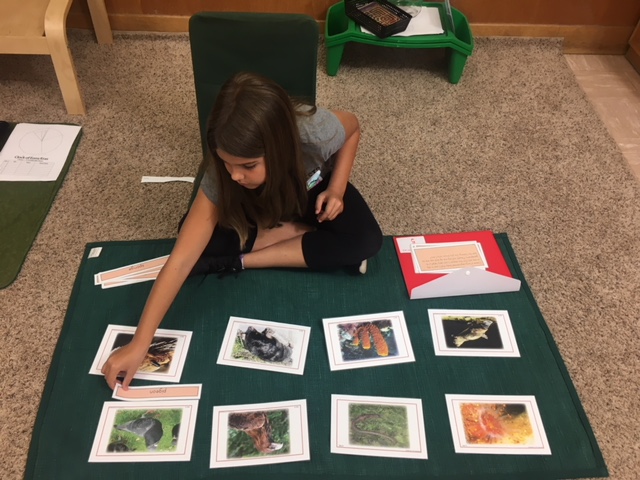
I chose my set of animal stories after looking at many different sets. I like ETC’s because of the realistic images and the clear writing.
My set of Animal Stories is from ETC Montessori, but there are several available:
Whichever set you have, the idea is essentially the same: This work is the introduction to animal research. I feel that it’s important for students to have written work as a follow up to their Animal Stories because they’re working on a very basic skill: learning to extract information from what they read. That being said, I’ve seen some of the following options as extensions (or follow ups) to the Animal Stories:
- Classifying the animals (vertebrates/invertebrates or any other classification groups the students desire)
- Writing Stories
The information offered in the Animal Stories is very minimal. Often my students can offer information to add to their list of facts. This leads us into interesting discussions.
- Does your fact apply to all spiders?
- Is it only true of some spiders?
- Is there anything you can think of that is true about all spiders?
- How can you rewrite that sentence so that it allows for some spiders to be poisonous and some not?
I find, also that work with the Animal Stories is a great way to get students to slow down and think about what they know. Often–especially when they are writing to give information–they overlook the information already stored in their brain because it feels obvious.
“I don’t know what to write,” is a statement often heard in many a classroom.
“What’s one thing you remember reading about the bee?” I’ll ask.
“It only lives for about a month.”
“Did you know that before reading this?”
“Not really.”
“That might be true for other people, too. One of the reasons we write down the things we learn is to share information. How do you think you could write that on your fact sheet?”
The next step is rewriting the information in their own words. I always ask the students to cover their card or book when transcribing information. This is often a practice, and some students complain that they cannot remember the information exactly. When that is the case, we return to the information and we work on creating a mental image. Not only is a mental image key to their comprehension, but it will also help with recall and to convey what they’ve learned in their own words.
Here are few samples of student work:
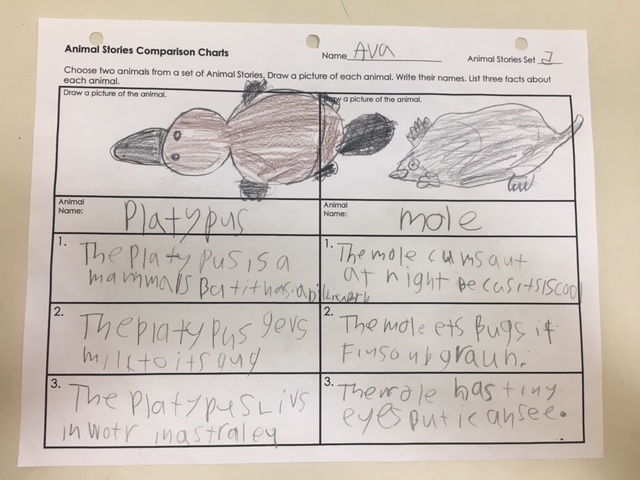
This form has room for three facts. As you can see, I’m a big believer in inventive spelling. This is especially important here because it shows that the student wasn’t directly copying the information.
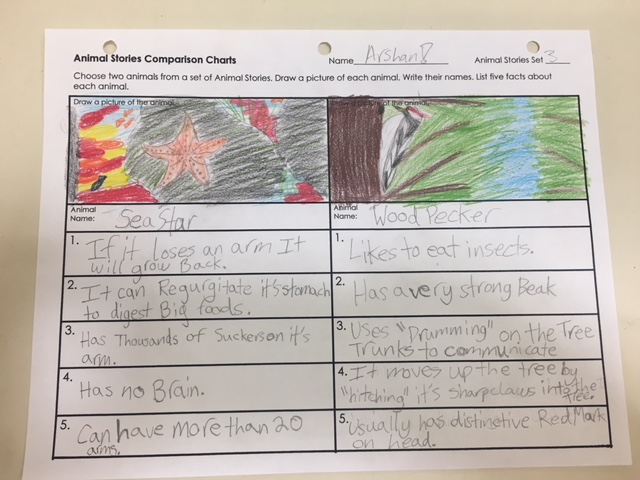
Older students write more facts. I also allow them to “take notes”, which can be challenging after so many years of teachers insisting they use complete sentences. But now that they know the rules they can learn about appropriate times to break them–and notes are definitely one of those times!
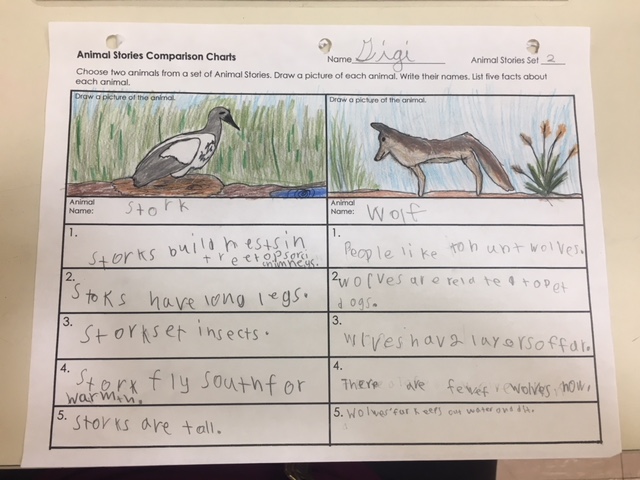
Drawing the animals is an integral part of the work for the students. They love doing it and are very proud when their images come out looking lifelike. It gives the students who are less confident about their writing a chance to shine.
If you are interested in the form I created as a follow-up for Animal Stories work, you can download it free on my Teachers Pay Teachers page.
Drop by again for more about Montessori Zoology!

